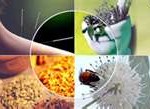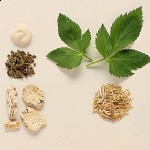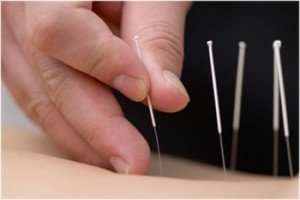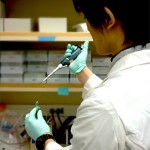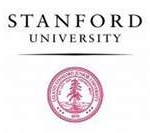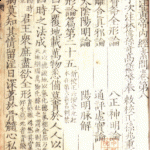 2000 years ago today, the year was AD 9. (on most calendars anyway) No cell phones, no cars, no health insurance. Things were pretty different, or were they? People still talked without cell phones, traveled without cars and got sick without insurance. What hasn’t changed in 2000 years is herbal medicine. Specifically, Chinese herbal medicine is not much different than what we use today.
2000 years ago today, the year was AD 9. (on most calendars anyway) No cell phones, no cars, no health insurance. Things were pretty different, or were they? People still talked without cell phones, traveled without cars and got sick without insurance. What hasn’t changed in 2000 years is herbal medicine. Specifically, Chinese herbal medicine is not much different than what we use today. You Can’t Dismiss 2000 Years of History
 2000 years ago today, the year was AD 9. (on most calendars anyway) No cell phones, no cars, no health insurance. Things were pretty different, or were they? People still talked without cell phones, traveled without cars and got sick without insurance. What hasn’t changed in 2000 years is herbal medicine. Specifically, Chinese herbal medicine is not much different than what we use today.
2000 years ago today, the year was AD 9. (on most calendars anyway) No cell phones, no cars, no health insurance. Things were pretty different, or were they? People still talked without cell phones, traveled without cars and got sick without insurance. What hasn’t changed in 2000 years is herbal medicine. Specifically, Chinese herbal medicine is not much different than what we use today. 
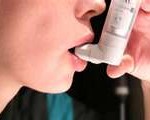
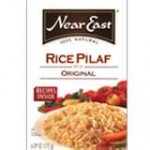
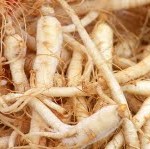 Ever since Dr. Oz’s interview in Esquire magazine (Dec. 09) I’ve been fielding a phethera of questions on ginseng. Thanks Dr. Oz, I’m always happy to talk about the Chinese herbs I love. It’s an added bonus that the best American Ginseng is actually grown in Wisconsin, my old stomping grounds. I also love to buy American whenever possible.
Ever since Dr. Oz’s interview in Esquire magazine (Dec. 09) I’ve been fielding a phethera of questions on ginseng. Thanks Dr. Oz, I’m always happy to talk about the Chinese herbs I love. It’s an added bonus that the best American Ginseng is actually grown in Wisconsin, my old stomping grounds. I also love to buy American whenever possible.